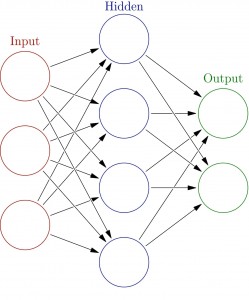All of us are familiar with popular machine translation programs like Google Translate. Whether we need to quickly translate a website or look up a word when we’re with somebody who doesn’t speak our language, the ease and availability of these programs can’t be beat. That being said, its accuracy is commonly called into question. Typically mistranslations are humorous, but if they are published or printed on behalf of a brand, the results can be misleading and damaging to a company’s image. Neural Machine Translation aims to change all that…
Problems with Direct Machine Translation

Neural Machine Translation

Modifying the Process

The Future of Machine Translation
What does Neural Machine Translation mean for machine translation in general? Language is constantly changing, and employing a more adaptable system that will lead to more accurate and relevant translations with continued use. One of the biggest changes that users will be able to see is an improved translation quality for slang; the networks will register slang and colloquial language and be able to better preserve the tone and content of the original message (which is currently something only a certified translator should be hired to do). Artificial neural networks have a long way to go before they are reliable enough to use for important documents. Certified translators with comprehensive knowledge of the original and target languages, as well as the subject of the translated material, are still required to get accurate and professional translation services.
About Language Connections:
Language Connections is one of the top language service companies in the US. Over the last 30 years, we’ve focused on providing the best business translation services, interpreting services, as well as interpreter training and customized language training programs. In addition to top-tier corporate language training, we offer certified corporate interpreters and professional business translation services in 200+ languages. Our network includes linguists with backgrounds in all major industries. They’re ready to meet your needs, whether they’re for technical translation services, legal translation, government translation services, international development translation services, education translation services, life sciences translation, or something else. Reach out to us today for a free quote on our cost-efficient and timely translation services, interpreters, or other linguistic services.
Language Connections LLC
2001 Beacon Street, Suite 105,
Boston, MA 02135
Phone: +1-617-731-3510
Email: service@languageconnections.com


